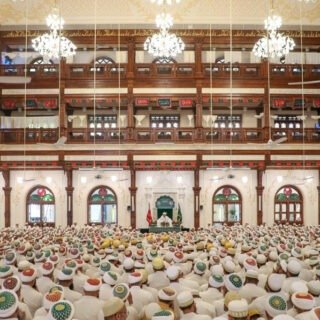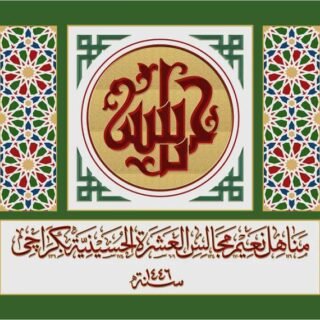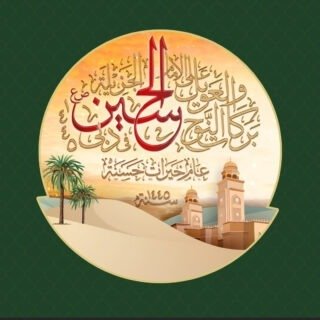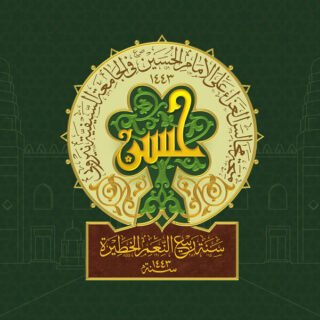Sodannu (also called Choba or Shakranu), Misri, Saakar and Sharbat are words familiar to each mumin’s household. The prime emotion associated with them is a feeling of joy and gladness.
Come new Hijri year, come pehli raat or pehli taarikh of any Hijri month, come any occasion or moment of celebration, Misri and Sodannu are the media of sharing happiness with each other.
Tradition of making Sodannu dates back to centuries. In one of his discourses Maulana Mohammed BurhanuddinRA precisely directed mumineen towards the method of making Sodannu.
Sodannu is a tri-layered sweet dish that marks the start of happy meals. A layer of sugar overlaid with a layer of cooked rice, which in turn is overlaid with a second layer of sugar is named Sodannu.
Syedi Sadiqali SahebAQ has captured the essence of the tradition of offering Sharbat and preparing Sodannu in his following verse:
شربة خوشي نا ثثظظلسس مُبشـِّر نسس ثثائيـسسـس
دل شاد تهئي نسس شادي نا ححوباؤ كهائيسسس
When Maulana Qutbuddin ShahidRA was in the custody of Aurangzeb, Mumineen of Ahemdabad consoled themselves saying that Maulana would be soon released. They would then offer Sharbat to the person who would herald the news of his release and then consume Choba (Sodannu) celebrating the release of Maulana Qutbuddin ShahidRA.
The above verse highlights principal elements that the tradition of offering Sharbat and making Sodannu comprises of, like:
- This tradition commemorates joyous occasions
- Raza naa saheb is offered Sharbat first
- Sharbat and Sodannu both are ways to express happiness
Besides making Sodannu, offering Sharbat to Raza naa Saheb during *majlis organized commemorating celebrations or other Deeni events, is a Fatemi tradition to which every mumin adult and child is accustomed. Sharbat is first offered to Raza naa Saheb; who in a sense is Mubashshir, the harbinger of joy for the mumineen whom he presides over by the raza of Aqa MaulaTUS. Others present in the majlis, then take a sip form the very cup of Sharbat that Raza naa Saheb has consumed from. This indeed symbolizes the element of sharing joy.
The greatest Mubashshir for mumineen is our beloved maula Syedna Aali Qadr Mufaddal SaifuddinTUS. When al-Hayy al-Muqaddas Maulana Mohammed BurhanuddinRA proclaimed Nass on him, Al-Vazarat Al-Saifiyah Al-Mo’azzamah instructed all mumineen to prepare Sodannu celebrating one of the happiest moments of their lives; witnessing the Nass of a Dai on his successor.
Sodannu is also called Shakranu; a word clearly stating the Fatemi philosophy under-lying the tradition of Sodannu and Sharbat.
Misri, Saakar, Sharbat, Sodannu is a customary exposition of one’s feelings of gratitude for the bounties and blessings bestowed by Allah Ta’la and His Wali.
May Allah bless us with countless bounties on the hands of our Mubashshir, Maulana Aali Qadr Mufaddal SaifuddinTUS. May Allah grant a long and healthy life to him, the custodian of Thaqaafat Fatemiyah, till the day of Qiyaamat. Amin.
*On urs majaalis, khak-e-shifa is offered to raza naa saheb; instead of Sharbat.








